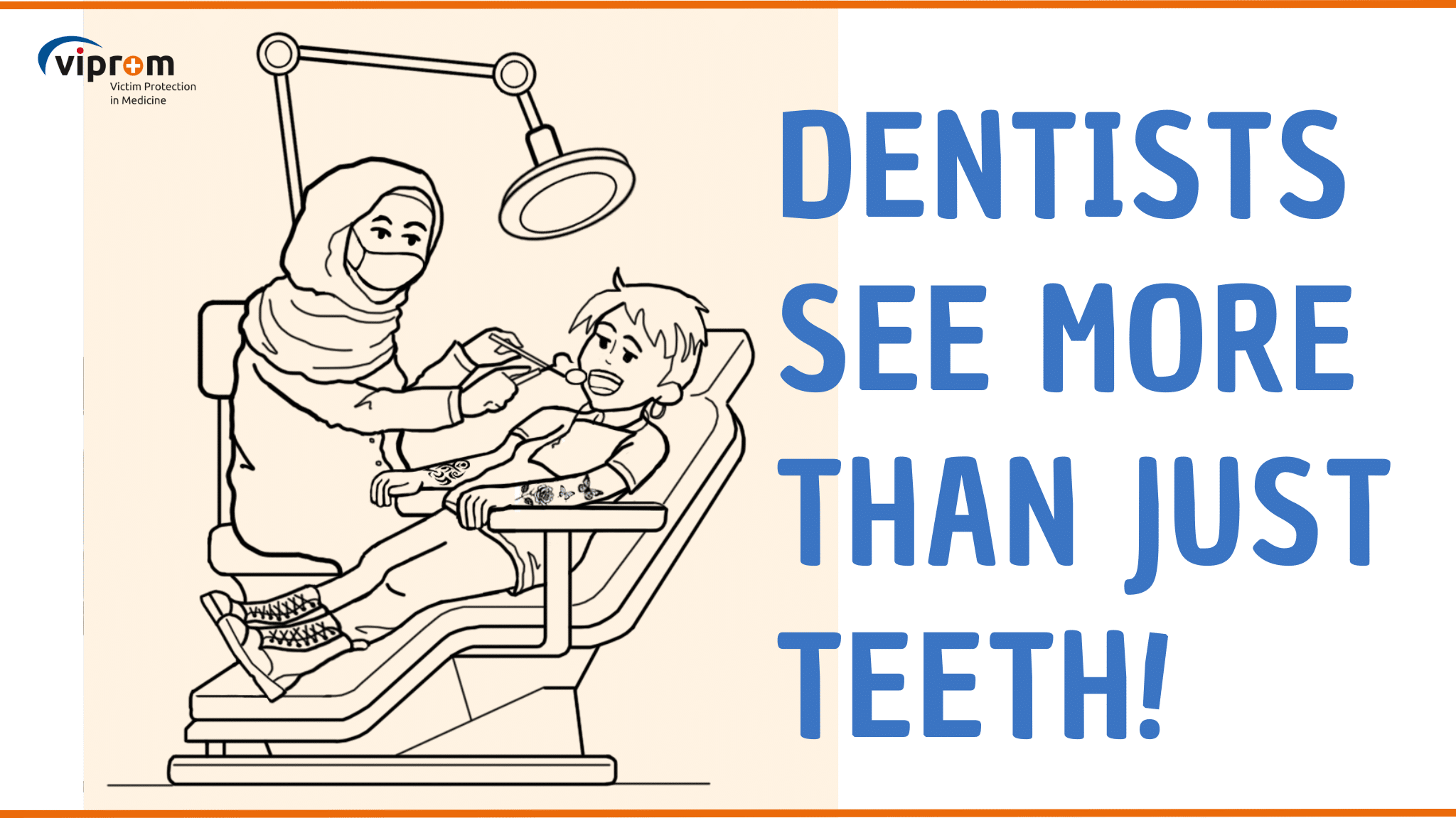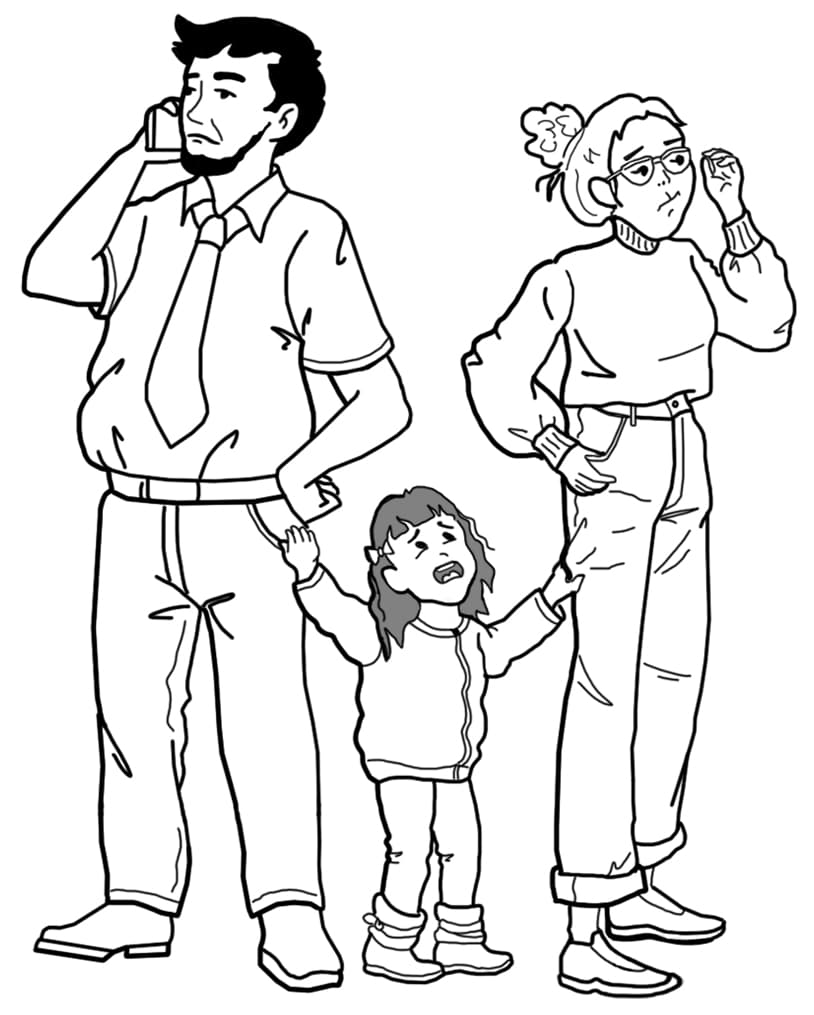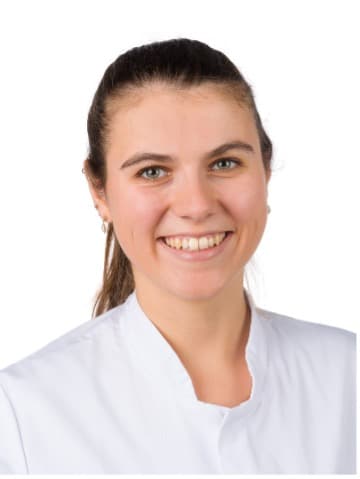
“My Dentist picked up on my problems as I was emotional on a visit last year. He handled it delicately (as did his nurse). He also handed me printed information on police, victim support, domestic abuse agencies. Even though I denied I needed them (at that time), I did go on to explore more and use them. He saved me!”
(4)
Domestic Violence – an important topic for dentists?
One out of three women experience domestic violence (DV) worldwide (1). While the majority are women, men are also affected. The problem has been intensified during the COVID-19 pandemic in particular, due to contact restrictions, social isolation and the additional pressure this has put on families (1).
Physicians are often the first and only ones to notice injuries or unusual behaviour in patients, even though DV is rarely cited as the reason for a doctor’s visit. Given that victims rarely go to the police, it is all the more important for medical staff to be trained to recognise injuries and traumatic behaviour and respond appropriately.
However, it is not exclusively limited to physicians, but concerns all medical professional groups. In particular, dentists hold a unique position in identifying victims of DV, but are mostly unaware of it (2).
But why exactly are dentists important first responders in identifying DV?
- Most injuries due to violence affect the head, neck, and facial area – the area that dentists examine extensively. (3)
- Due to routine check-ups or therapies with several treatment sessions dentists can build a trusting environment and detect changes in behaviour. (4)
- Many victims of DV cancel their physician appointments if they have injuries to the head, neck or face, but tend to keep their dental appointments. (5)
- Dental neglect – a form of domestic violence against children can be observed in dental practices. (6)
Dental Neglect – an overlooked form of domestic violence
Children represent a particularly vulnerable group. While sexual abuse is often the focus, another significant aspect – child neglect – is mostly overlooked.
Child neglect is defined as an inadequate amount of caretaking in terms of nutrition, emotional care, medical care as well as dental hygiene. Thus, child neglect may also become visible in the head and face area (6).
In dental neglect increased numbers of dental trauma and caries are common. Studies have shown that neglected children show eight times more lesions than non-neglected children (7). Since most children are not able to manage their dental hygiene by themselves, their parents are an important factor. Parents of children showing signs of dental neglect seem unable to teach their children an adequate dental hygiene, often miss arranged dental appointments and do not seem interested in treating their children’s teeth as needed. The most common form of chronic diseases in young ages of children is the so called „early childhood caries“, which is induced by sugared drinks served in drinking bottles combined with poor dental hygiene (8) (9).
Knowledge gaps and need for education
Children represent a particularly vulnerable group. While sexual abuse is often the focus, another significant aspect – child neglect – is mostly overlooked.
Child neglect is defined as an inadequate amount of caretaking in terms of nutrition, emotional care, medical care as well as dental hygiene. Thus, child neglect may also become visible in the head and face area (6).
In dental neglect increased numbers of dental trauma and caries are common. Studies have shown that neglected children show eight times more lesions than non-neglected children (7). Since most children are not able to manage their dental hygiene by themselves, their parents are an important factor. Parents of children showing signs of dental neglect seem unable to teach their children an adequate dental hygiene, often miss arranged dental appointments and do not seem interested in treating their children’s teeth as needed. The most common form of chronic diseases in young ages of children is the so called „early childhood caries“, which is induced by sugared drinks served in drinking bottles combined with poor dental hygiene (8) (9).
Knowledge gaps and need for education
With the aim of integrating the topic in the dental education and considering the lack of suitable materials, VIPROM has developed innovative training materials for dentistry and integrated them into an existing European training platform on DV. These materials include informative texts, descriptive images, case studies, tasks for further thought and quizzes, all presented in an appealing, interactive and easy-to-understand format. Additionally, we have designed educational videos with illustrations and recorded expert interviews. These materials are available free of charge to all interested parties.
The learning platform consists of a total of 8 modules, the following of which contain special information for dentists:
In addition to theoretical knowledge, we place great importance on practical experience. An integral part of our project is providing students with the opportunity to apply their acquired knowledge through interactions with simulated patients. This allows students to respond to DV situations, learn communicative strategies and put their knowledge to test.
Our long-term goal is to establish the identification of DV in dentistry as a key discipline in comprehensive healthcare. We believe that the active involvement of the dental profession in identifying and reporting DV can have a significant impact on the wellbeing and safety of those affected. Furthermore, we are convinced that this can make a significant contribution to the well-being of children.
MORE INFORMATION ON DOMESTIC VIOLENCE
If you are interested to learn more about domestic violence in the health sector, please visit our European training platform on domestic violence.
REFERENCES
(1) UN Women. The Shadow Pandemic: Violence against women during COVID-19. [Online] [Zitat vom: 05. 04. 2024.] https://www.unwomen.org/en/news/in-focus/in-focus-gender-equality-in-covid-19-response/violence-against-women-during-covid-19
(2) Bregulla J., Hanisch M., Pfleiderer B. Dentists` Competence and Knowledge on Domestic Violence and How to Improve It – A Review. International Journal of Environmental Research and Public Health. 2022, Bd. 19. https://pubmed.ncbi.nlm.nih.gov/35410043/
(3) Nelms A., Gutmann M., Solomon E., DeWald J., Campbell P. What Victims of Domestic Abuse Need from the Dental Profession. Journal of Dental Education. 2009. https://pubmed.ncbi.nlm.nih.gov/19339436/
(4) Femi-Ajao O. Perception of Women with Lived Experience of Domestic Violence and Abuse on the Involvement of the Dental Team in Supporting Adult Patients with Lived Experience of Domestic Abuse in England: A Pilot Study. International Journal of Environmental Research and Public Health. . 2021, Bd. 18, 4. https://www.mdpi.com/1660-4601/18/4/2024
(5) State of Victoria. Royal Commission into Family Violence: Report and Recommendations. 2016. Vol IV. http://rcfv.archive.royalcommission.vic.gov.au/Report-Recommendations.html.
(6) Spiller L., Lukefahr J., Kellogg N. Dental Neglect. Journal of Child & Adolescent Trauma. 2019 , Bd. 13, 3. https://www.ncbi.nlm.nih.gov/pmc/articles/PMC7561631/
(7) Greene P.E., Chisick M.C., Aaron G.R. A comparison of oral health status and need for dental neglect care between abused/neglected children and nonabused/ nonneglected children. Pediatric Dentistry . 1994, Bd. 16, 1. https://pubmed.ncbi.nlm.nih.gov/8015941/
(8) Bundeszahnärztekammer. Kinder- und Jugendzahnmedizin, ECC- Early Childhood Caries . [Online] [Zitat vom: 05. 04 2024.] https:/ www.bzaek.de/praevention/kinder-und-jugendzahnmedizin.html.
(9) Wyne, A. H. Early childhood caries: nomenclature and case definition. Community Dentistry and Oral Epidemiology. 1999, Bd. 27, 5. https://pubmed.ncbi.nlm.nih.gov/10503790/
ABOUT THE AUTHORS
Dr. med. dent. Jana Bregulla
Dr. med. dent. Jana Bregulla is working as a dentist at the dental hospital of the University hospital of Münster in Germany. She is part of the research group ‚Cognition and Gender‘ headed by Prof. Dr. Dr. Bettina Pfleiderer and part of the project group: “Dentists see more than teeth!”
Greta Heuel
Greta Heuel is studying dentistry at the medical faculty of the University of Münster in Germany. Currently, as part of her doctoral thesis (supervisor Bettina Pfleiderer), she is developing learning materials for recognising domestic violence in dentistry within the EU-Project VIPROM. She is also part of the project group: “Dentists see more than teeth!”
 This project has received co-funding from the European Union’s CERV-2022-DAPHNE programme under grant agreement No. 101095828.
This project has received co-funding from the European Union’s CERV-2022-DAPHNE programme under grant agreement No. 101095828.
Newsletter
Please subscribe here for the VIPROM newsletter:





